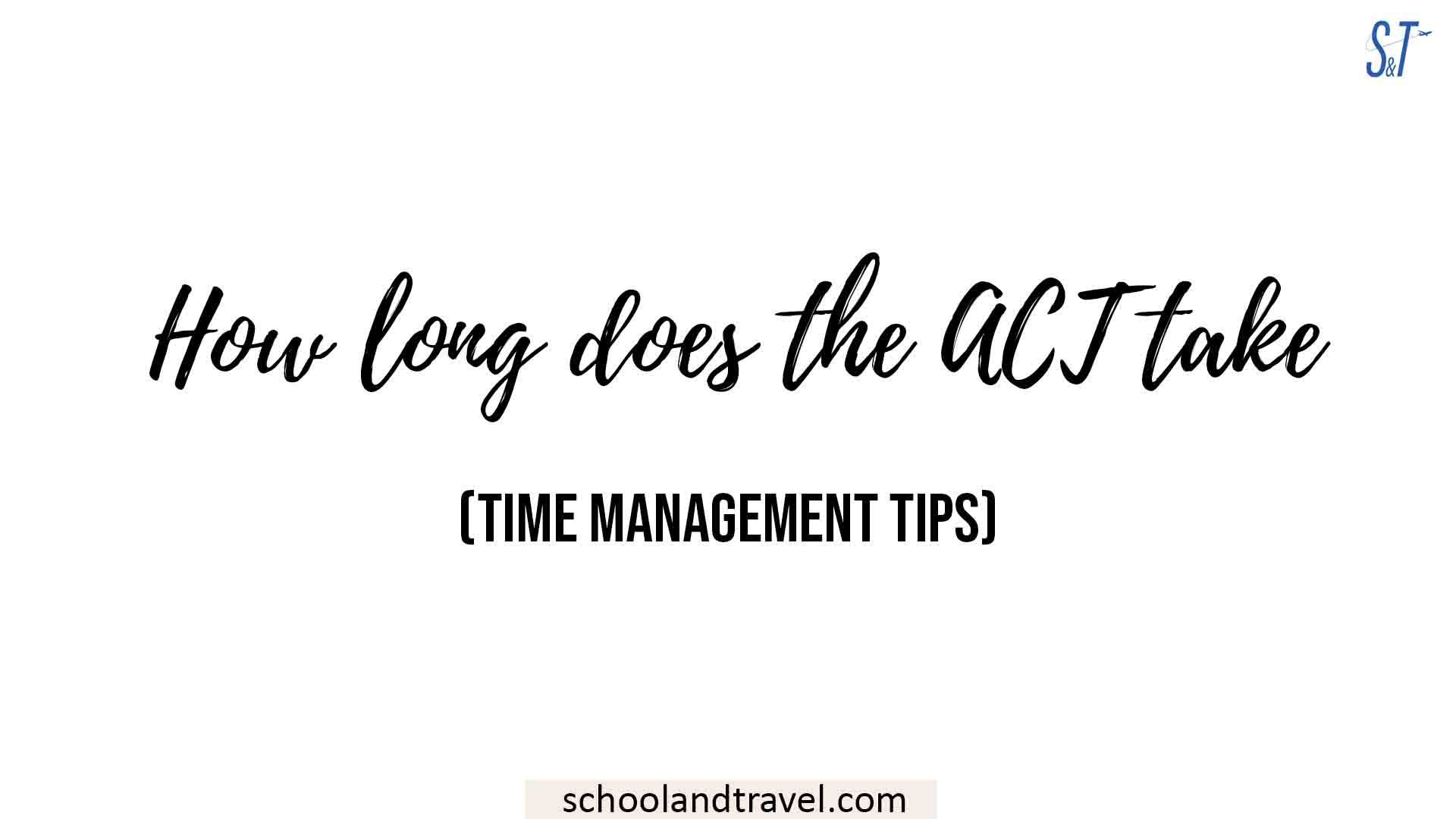Learning never ends. From birth until we became toddlers, we learned to eat, speak, and interact with our environment and cultures.
Then, we were enrolled in school to learn to read, write, and follow a career path to success.
However, the boundaries between in-school and out-of-school learning are blurring in today’s evolving world.
This is because information has become more accessible without the confinement of the four walls of a classroom.
While formal education certainly has advantages, innovative minds are finding ways to satisfy their curiosity and follow their passion in other fields.
As a result, degrees and set curriculums are no longer necessary to learn. This has changed because you can now learn anywhere—at home, work, or online.
In this article, we’ll also examine the merits and demerits of out-of-school learning, answering the question, Is learning out of school worth it?
What is Out-of-school Learning?
Out-of-school learning refers to educational experiences outside the traditional classroom setting.
This encompasses diverse activities and programs that aim to supplement and enrich formal schooling.
Top Characteristics of Out-of-school Learning
1. Informal:
Education typically doesn’t involve formal structures like curricula, grades, or specific qualifications.
It focuses on exploration, discovery, and individual learning pace.
Imagine mastering coding through online tutorials or honing your cooking skills by assisting at a family restaurant.
These activities, devoid of grades or rigid structures, exemplify the “learn-by-doing” essence of Out of School Learning.
2. Self-directed:
Learners often initiate and guide their educational journey, choosing topics and activities that pique their interest.
Imagine a teen taking online computer lessons because they want to make apps.
Their educational path is shaped by the tools, projects, and speed at which they learn.
This self-directed approach fosters autonomy and a deeper understanding of chosen topics.
3. Structured Programs:
Out-of-school learning can provide a more defined learning experience with pre-set curricula, instructors, and schedules, just like in-school or formal education.
An instructor is present, and feedback is received from students and teachers through video or text.
4. Diverse:
Out-of-school learning can cover various areas, from academic subjects and technical skills to social and emotional development, personal interests, and life skills.
For example, using mobile apps to learn a new language, going to local plays, taking lessons to get better at photography, or even taking online classes to understand how to do math.
This variety shows that learning outside of school can fit a wide range of hobbies and ways of learning.
5. Engagement:
Real-world involvement and hands-on learning are big parts of it. This can include working together to solve problems and using what you’ve learned in real-life situations.
Whether you’re building a robot with your friends, coding a website, or volunteering at an animal shelter, you learn real-world experiences, put knowledge into practice, and use critical thinking.
6. Lifelong:
Learning isn’t limited to a specific age group or stage in life.
Anyone can engage in and benefit from out-of-school learning throughout their lifetime.
Imagine a retiree learning calligraphy as a new hobby, enriching their life and exploring creative expression.
Benefits of Learning out of school
Learning out of school can provide numerous advantages, including:
1. Confidence & Engagement:
Stepping outside the classroom and experiencing success in a new environment can build self-esteem.
Imagine a student struggling with math in class but thriving during a hands-on robotics workshop.
This newfound confidence can translate back to the classroom, leading to increased engagement and motivation.
2. Ideas Come To Life:
Field trips or interactive exhibits bring abstract ideas to life.
Visiting a museum to study ancient civilizations isn’t just memorizing facts; it’s experiencing history through artifacts, stories, and even reenactments.
This deeper understanding sticks long after the final bell.
3. Mind bloom:
Out-of-school activities are often problem-solving playgrounds. Imagine navigating a ropes course or participating in a debate competition.
These experiences teach critical thinking, teamwork, and real-time decision-making, preparing you for any challenge.
4. Productive environment:
Studies show out-of-school activities can reduce behavioural problems.
Think about the focus and teamwork required during a soccer game compared to sitting still in class.
This positive energy spills over, creating a more relaxed and productive learning environment.
5. Career Inspiration:
Out-of-school experiences can ignite career aspirations.
Imagine attending a writing workshop and discovering your passion for storytelling, leading you to pursue a writing career.
Demerits of Learning Outside the Classroom
It’s clear that self-directed learning has benefits, but it’s also important to be aware of the difficulties that come with learning outside of school.
Here are some of the demerits:
- You miss the lively exchange of ideas, the heated arguments, and the unplanned conversations that spark interest and push people to see things from different points of view.
- Phones, social media, and even pets can be constant distractions that make it hard to stay on task and keep up a productive pace.
- Questions are inevitable, but unlike a classroom setting, no readily available teacher can provide immediate guidance. This can lead to frustration and hinder progress, especially for complex concepts.
- Focusing and following rules can be easier in a classroom because of the external structure and responsibility. This can cause people to put things off and miss deadlines.
- If you don’t have a teacher or program to help you, figuring out what to study, where to start, and how to organize your learning can be challenging.
Differences between in-school learning and out-of-school learning
1. Teaching Style:
- In-school learning has a structured curriculum, teacher-led instruction, and standardized assessments.
- Out-of-school learning is more flexible, experience-based, self-directed, or facilitated by diverse instructors.
2. Learning Environment
- With limited physical activity, in-school learning is confined to classrooms and school grounds.
- Out-of-school learning has diverse settings like museums, nature centers, workshops, and online platforms, offering greater variety and real-world applications.
3. Focus of Learning
- In-school learning primarily focuses on core academic subjects and standardized testing.
- Out-of-school learning focuses on personal development, soft skills, hands-on experiences, and individual interests.
4. Learning Pace and Timing
- In-school learning has a fixed schedule and adheres to the academic calendar.
- Out-of-school learning has a flexible schedule and can occur anytime, anywhere.
5. Assessment and Test Styles
- In-school learning is based on exams, tests, and grades.
- Out-of-school learning is often measured through observation, reflection, project completion, or personal growth.
Similarities Between in-school and out-of-school learning
- Both contribute to developing critical thinking, problem-solving, communication, and collaboration skills.
- Both can stimulate interest and motivation.
- Differentiated instruction in schools and personalized learning opportunities outside school can accommodate various learning styles and interests.
- In-school and out-of-school experiences contribute to a well-rounded individual, fostering intellectual, social, and emotional growth.
- Both have set curriculums and instructors.
Is Out-of-School Learning Worth Education?
If you don’t go to school, you won’t learn or have a career.
But study and real-life examples show a much more complex picture.
This raises important questions, such as: Is the current school system not preparing students for the real world of work?
Several studies highlight a gap between graduates’ skills and the demands of the evolving job market.
A 2012 McKinsey study, “Education to Employment,” revealed a significant disconnect between universities’ perceptions and employers’ realities.
While 70% of universities believed they adequately prepared students for the workplace, only 40% of employers shared that sentiment.
This is due to many factors.
- Firstly, the rapid pace of technological advancements creates a dynamic job market, demanding skills that may need to be fully covered in formal education.
- Factors like globalization, automation, and shifting industry demands play a significant role in shaping employer expectations.
- Traditional testing might need to accurately capture the soft skills and real-world application abilities increasingly valued by employers.
- Not all graduates enter fields directly related to their studies. Adapting acquired skills to diverse workplaces might require additional training or on-the-job learning.
While formal education offers a valuable foundation in core subjects, our evolving world requires diverse learning pathways.
Hence, the rise of self-employment and changing job demands highlight the importance of developing adaptable skills alongside academic knowledge.
Individuals pursuing non-traditional education paths, like self-employment, demonstrate the potential for success outside the traditional degree route.
For example, according to Forbes (2012), nearly 16% of the 400 most affluent Americans do not have a college degree.
However, it’s important to note that the most enriching approach often involves leveraging formal and out-of-school learning.
Formal education provides essential knowledge and skills, while out-of-school experiences like workshops, projects, and self-directed learning can foster practical application, adaptability, and personal growth.
FAQs on Is learning out of school worth it?
Both methods have their advantages and disadvantages. Formal education provides a structured foundation, while informal learning offers flexibility and personal choice. The best approach often combines elements of both.
Structured learning, qualified instructors, career preparation, diverse social interactions, and personal development opportunities.
High cost, limited flexibility, a program that might be too rigid, and insufficient focus on real-world application in some areas.
Critical thinking, problem-solving, communication, collaboration, creativity, adaptability, and digital literacy.
Conclusion
So, is learning outside of school worth it? Yes, it is worth it.
However, In-school and out-of-school learning are complementary, not competing forces.
While in-school learning provides a foundation in core subjects, out-of-school learning broadens horizons, fosters individuality, and enhances the educational experience.
Recognizing the differences and similarities allows parents, educators, and students to leverage both effectively for a more prosperous and fulfilling future.
Awesome one; I hope this article answers your question.
Editor’s Recommendations:
- 103+ General Knowledge Questions and Answers For Class 2
- 99+ General Knowledge Questions and Answers For Class 1
- What is a Senior Project? (Tips, High School, Ideas, FAQs)
- 10 Differences Between Intramural and Interscholastic Sports
- 49+ General Knowledge Questions About The Human Body
- 49+ General Knowledge Questions About The Bahamas
- 69+ Common Sense Facts Everyone Should Know
- 45+ Science Facts Everyone Should Know
If you find this article good, please share it with a friend.




